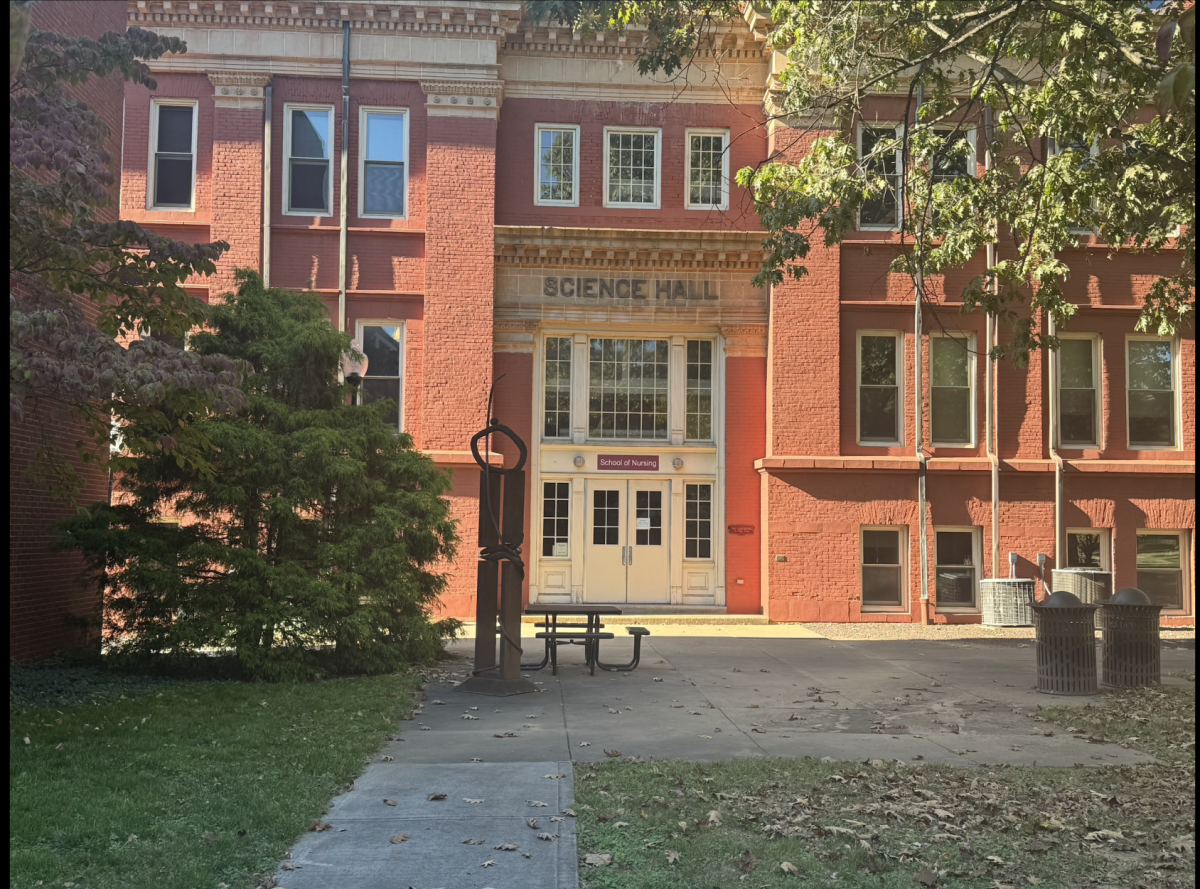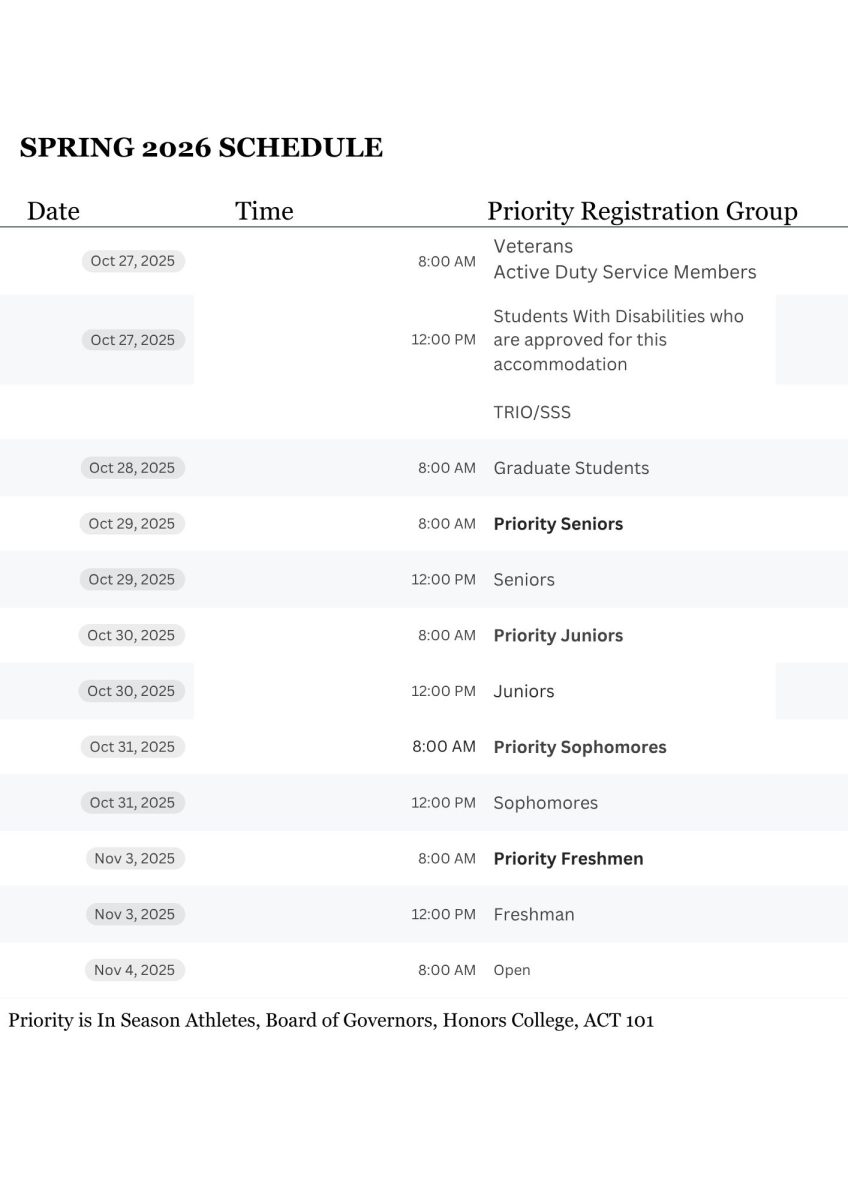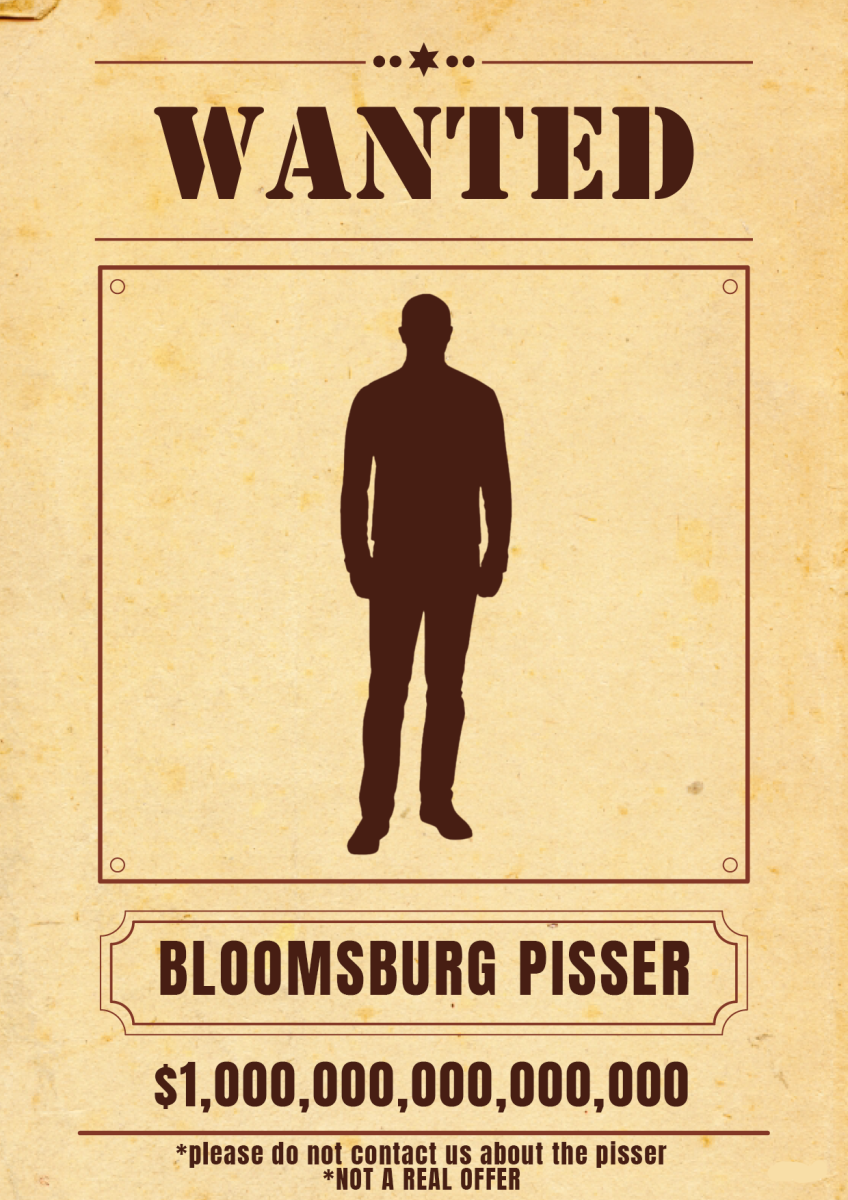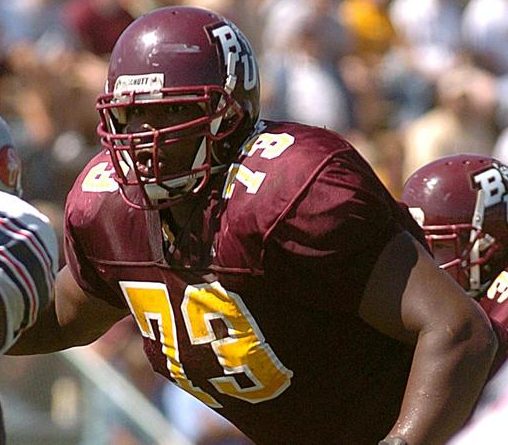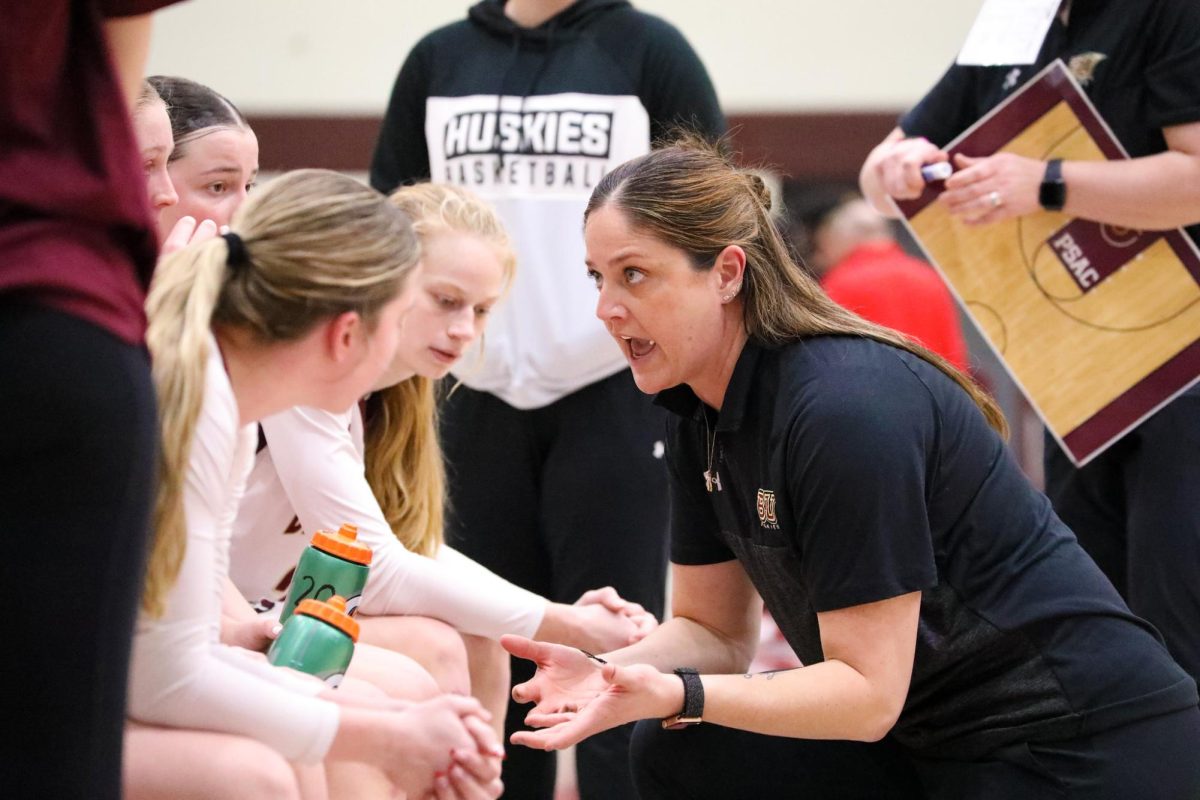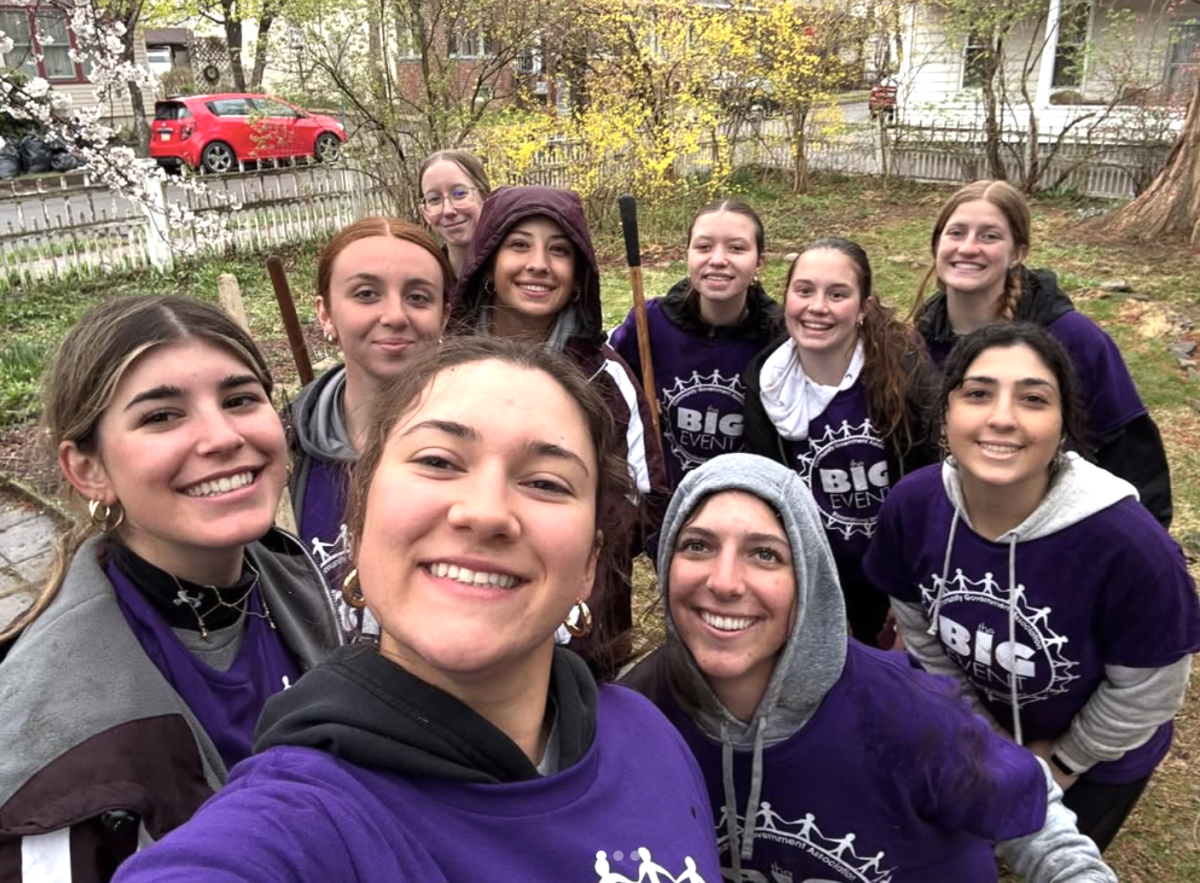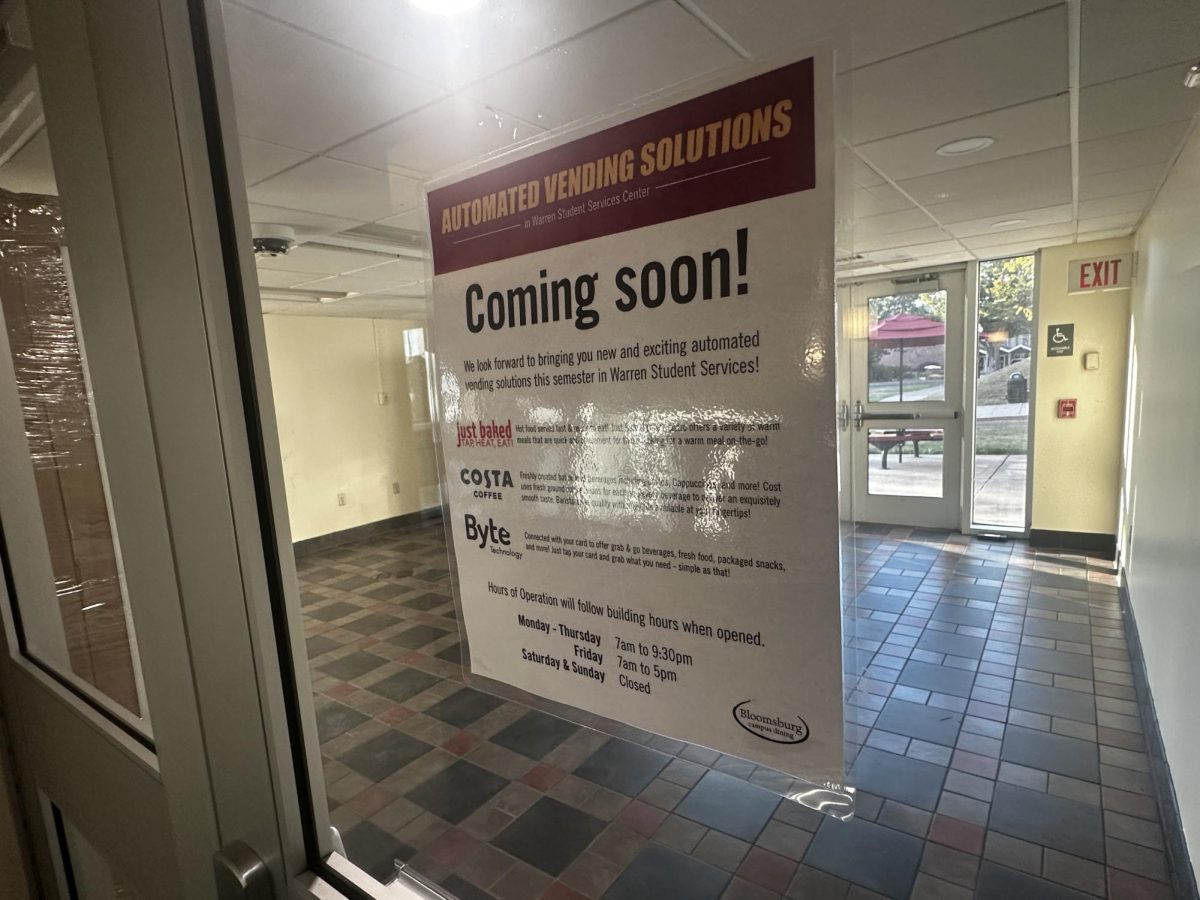What does it mean to be “alive?” Many of you are probably asking yourselves this while you prep for your first exams of the semester (and some, your first exams of college.) To put it simply: as humans, our main difference from all other species on Earth is our ability to think, to reason.
To reason is to acknowledge that we are in fact alive, and by acknowledging your life, you must acknowledge that one day, that life will cease. Yes, this will be one of those really uplifting articles you get to read this week.
For many that don’t know, September is National Suicide Awareness month; the actual day falls on September 10th. What you may also be unaware of is that the suicide rate for people our age has tripled since the 1950s; that’s an increase of over 200% (Crisis on Campus).
Now, rather than talk about how other cultures view a general topic, let’s talk about how our own culture neglects to understand just how serious suicide is actually becoming. Currently, the critique is on us.
Contrary to popular belief, kids our age aren’t inherently dangerous, just fearless. While trying to navigate what their lives mean and where to go with what they have, teenagers will often come into trouble in one way or another.
Yet the reality exists where this trouble is not dealt with and we reach an impasse; don’t tell your parents you have issues but seek help for them in risky behaviors. When these situations occur, we see the main theme of this joyous article: the desire to die.
To clarify, most do not actually want to die. More than anything, suicide is one last effort to escape the troubles plaguing one’s mind. With tuitions rising, competition becoming fierce and crime on the rise, the situation doesn’t get any easier for the freshman either.
To put things into perspective, the emotional health of freshmen in college is the lowest it’s been in twenty-five years (Crisis on Campus). To help this message hit a little closer to home, Crisis on Campus rated the University of Pennsylvania #2 for the most stressful schools in the country.
Of course, the culture of the teenager is a diverse one. It seems to change with every age group, change with every year and certainly change with each generation.
Mental illness and “taboo topics” like suicide are constants. However, they don’t intend on hiding their faces any time soon. But don’t feel hopeless yet, there are things we can all do to raise awareness.
Talk to each other, for starters. We often spend so much time wondering how others will view us when honestly, it doesn’t matter. Take a look at yourself: have you been irritable, withdrawn or lost interest in all the things that make you, you? If you feel that way, reach out! Your friends are friends for a reason.
Bloomsburg University also offers counseling services if you want something a little more confidential. But most importantly, know you aren’t alone. Mental illness and thoughts of suicide are serious, and I promise there are people all over who know how to help because they’ve been there too.
Things always get better; take it from someone who stood in the same shoes as you once. At the end of the day, life isn’t too bad, really.
Rachel is a senior Anthropology major, the president of the Anthropology Club and a staff writer for The Voice.


